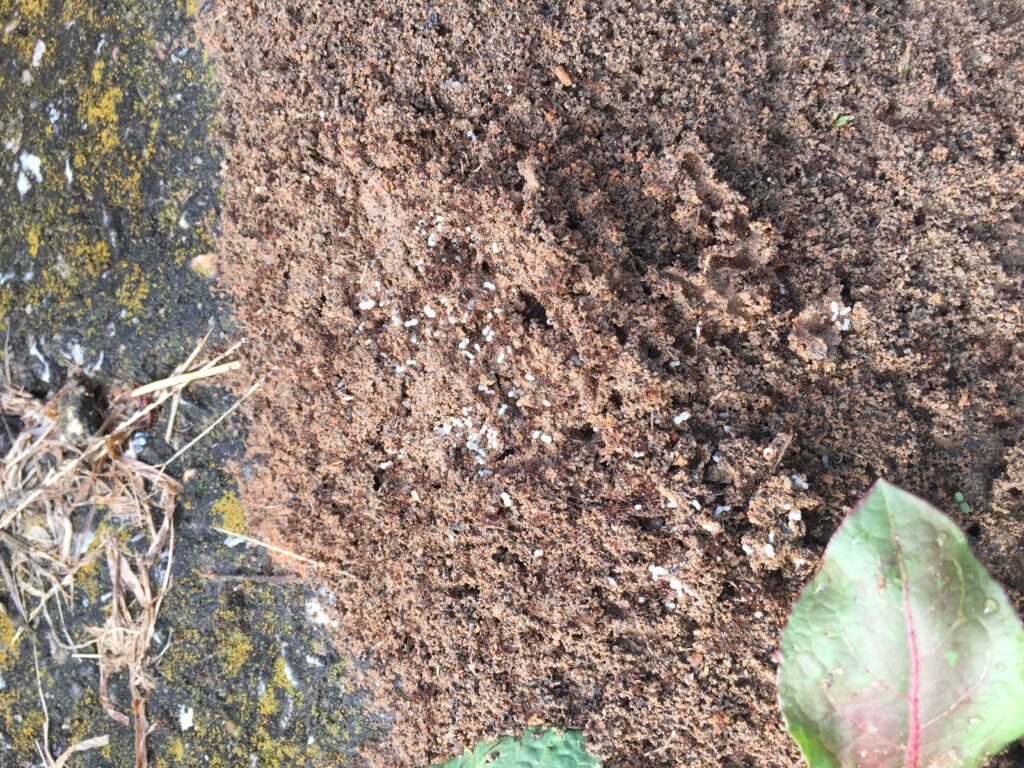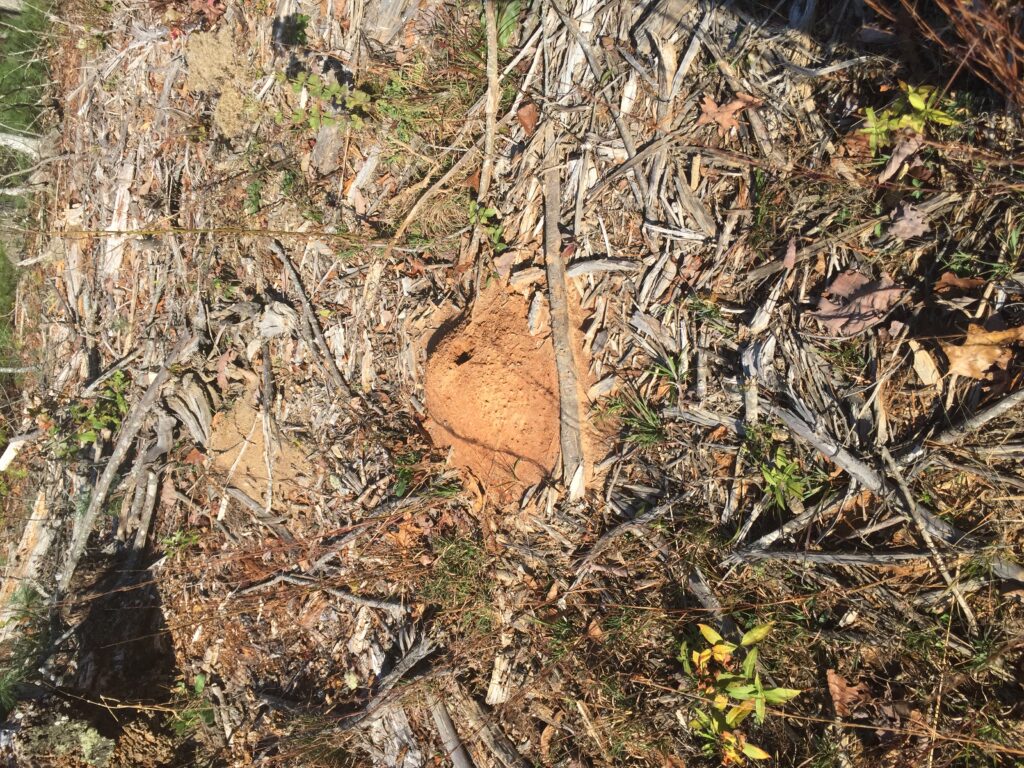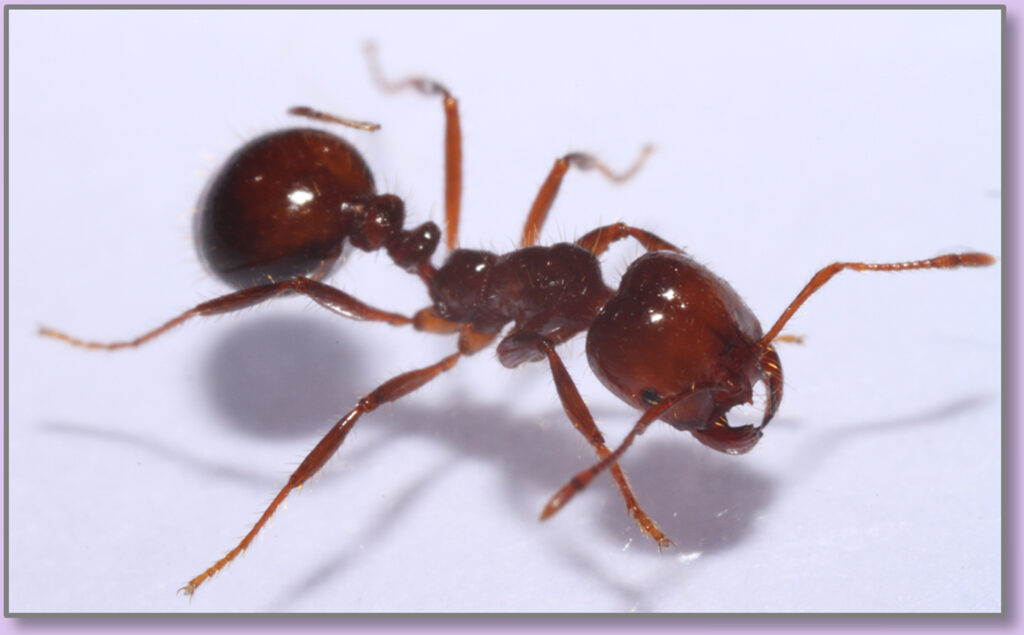Pest Alert – Fire Ants
go.ncsu.edu/readext?1004052
en Español / em Português
El inglés es el idioma de control de esta página. En la medida en que haya algún conflicto entre la traducción al inglés y la traducción, el inglés prevalece.
Al hacer clic en el enlace de traducción se activa un servicio de traducción gratuito para convertir la página al español. Al igual que con cualquier traducción por Internet, la conversión no es sensible al contexto y puede que no traduzca el texto en su significado original. NC State Extension no garantiza la exactitud del texto traducido. Por favor, tenga en cuenta que algunas aplicaciones y/o servicios pueden no funcionar como se espera cuando se traducen.
Português
Inglês é o idioma de controle desta página. Na medida que haja algum conflito entre o texto original em Inglês e a tradução, o Inglês prevalece.
Ao clicar no link de tradução, um serviço gratuito de tradução será ativado para converter a página para o Português. Como em qualquer tradução pela internet, a conversão não é sensivel ao contexto e pode não ocorrer a tradução para o significado orginal. O serviço de Extensão da Carolina do Norte (NC State Extension) não garante a exatidão do texto traduzido. Por favor, observe que algumas funções ou serviços podem não funcionar como esperado após a tradução.
English
English is the controlling language of this page. To the extent there is any conflict between the English text and the translation, English controls.
Clicking on the translation link activates a free translation service to convert the page to Spanish. As with any Internet translation, the conversion is not context-sensitive and may not translate the text to its original meaning. NC State Extension does not guarantee the accuracy of the translated text. Please note that some applications and/or services may not function as expected when translated.
Collapse ▲Fire Ants

Fire ant mound in Hendersonville May 2024. The ants hitch rides on cars from places like south Carolina, Georgia and Florida where the ants are already established.
Fire Ants are the scourge of summer fun. I grew up in middle Georgia running around my grandmother’s farm and had fire ants in my diapers as a kid. As an adult working as an Extension Agent in Georgia, I answered hundreds of questions about fire ants over the years. I have always despised these creatures and was SO happy when I moved to western North Carolina and found that we had no fire ants.
The Fire Ant Cometh
Unfortunately the ants are showing up more and more locally. In the years that I have lived locally I have found them in parking lots and parks and found them on power line right of ways. The ants hitch rides on cars from places like south Carolina, Georgia and Florida where the ants are already established.

If you disturb the fire ant mound you will see the white pupae and larvae. Ants will swarm and attack anything nearby.
Identifying Fire Ants
How do you know if you have fire ants in your yard? Fire ants build tall mounds from the soil that they excavate from underground. Fire ants look unfriendly, with red bodies and big pinchers. Finally, if they sting you, it feels like someone putting out a match on your skin. Keep children away from mounds as the ants can swarm small kids and sting them many times. If you have an allergic reaction to the sting seek medical assistance.
Fire Ant Life Cycle
The tunnels they create underground house the queen who generates countless eggs. The eggs are cared for by workers and moved up and down vertically in the nest depending on soil temperature. The eggs pupate into workers who can travel up to 300 feet away from the nest to harvest food. Ants will eat anything from plants to animals living or dead. In the spring mounds will sometimes create winged ants who will fly away to start new colonies.
Controlling Fire Ants
There are two ways to control fire ants; individual insecticidal mound treatments and broadcasting baits. The old Texas “Two-Step Method” uses both baits and mound treatment and is highly effective. Place the bait out around a mound. Wait about 5-7 days. Then, apply a liquid mound drench which should kill the remaining workers more quickly. Call the Extension Office to learn more and to report sightings.

Fire ants have invaded the grounds of the courthouse.






